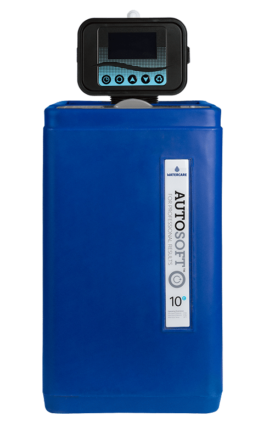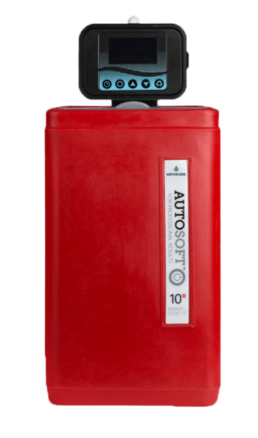SOFTENING
How softening works.

Water Softening
Water softening is the removal of calcium, magnesium, and certain other metal cations in hard water. The resulting soft water requires less soap for the same cleaning effort, as soap is not wasted mopping up calcium ions.
Soft water also extends the lifespan of plumbing by reducing or eliminating scale build-up in pipes and fittings. Our Water softening of water is predominantly through ion-exchange resins but it can also be accomplished using nanofiltration or reverse osmosis systems.
The presence of certain metal ions like calcium and magnesium, mainly as bicarbonates, chlorides, and sulfates in water can cause a variety of problems.
Hard water leads to the buildup of limescale, which can block plumbing and promote corrosion. In industrial scale water softening plants, the effluent flow from the re-generation process can precipitate scale that can interfere with piped systems.
Soaps tend to bind to fats in the surface layers of skin, making soap molecules difficult to remove by simple dilution. In contrast, in hard-water areas, the rinse water contains calcium or magnesium ions that form insoluble salts, effectively removing the residual soap from the skin but potentially leaving a coating of insoluble stearates on baths, tiles, shower screens and other surfaces.
Conventional water softeners depend on an ion-exchange resin where hardness ions, mainly Ca2+ and Mg2+, are exchanged for sodium ions. As described by NSF/ANSI Standard 44, ion-exchange devices reduce the hardness by replacing magnesium and calcium (Mg2+ and Ca2+) with sodium or potassium ions (Na+ and K+).
Ion exchange resins are organic polymers containing anionic functional groups to which the divalent cations (Ca++) bind more strongly than monovalent cations (Na+). Inorganic materials called zeolites also exhibit ion-exchange properties.
When all the available Na+ ions have been replaced with calcium or magnesium ions, the resin must be recharged by eluting the Ca2+ and Mg2+ ions using a solution of sodium chloride or sodium hydroxide, depending on the type of resin used.For anionic resins, regeneration typically uses a brine solution of sodium hydroxide or potassium hydroxide. The waste water from the ion-exchange process containing the unwanted calcium and magnesium salts are typically discharged to drain at the completion of the regeneration process.
Products using softening
COLD WATER SOFTENERS

The Autosoft range of cold water softeners provide softened water for warewashing and laundry giving better washing results and protecting equipment from harmful scale and other minerals.
HOT WATER SOFTENERS

The Autosoft range of hot water softeners provide softened water for warewashing and laundry giving better washing results and protecting equipment from harmful scale and other minerals.

